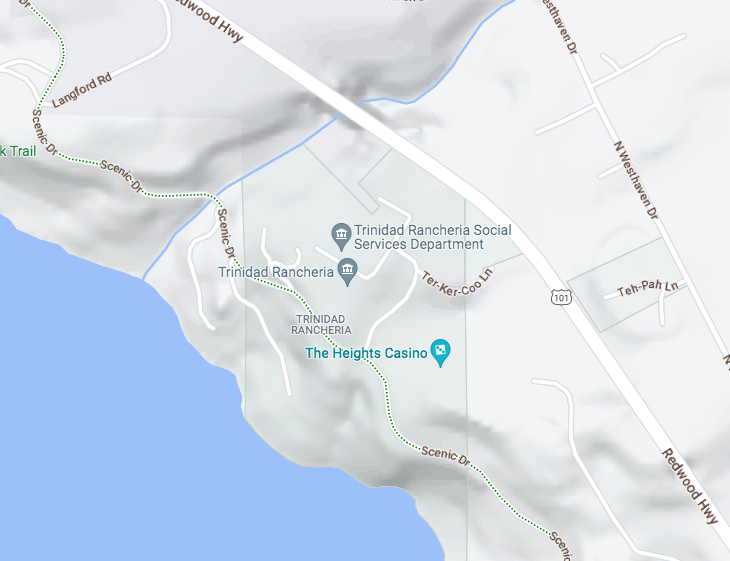Note: GJEL Accident Attorneys regularly sponsors coverage on Streetsblog San Francisco and Streetsblog California. Unless noted in the story, GJEL Accident Attorneys is not consulted for the content or editorial direction of the sponsored content.
The USDOT just announced around $21 million in grants in its new Thriving Communities Program.
The money will go to four "capacity building organizations" [PDF] that are supporting 64 communities in 42 states, helping them develop complete neighborhoods, main streets, and better transportation networks. The intention of the program is to encourage experts to team up with community partners that may lack staffing or technical expertise and work together to scope, fund, and develop infrastructure projects that advance broader community goals.
Those communities that are selected will be provided with two years of "deep-dive assistance to help them plan and develop a pipeline of comprehensive transportation, housing, and community revitalization activities." The ultimate goal is to enable under-resourced communities to create a pipeline of transformative infrastructure projects "that will increase mobility, reduce pollution, and expand affordable transportation options."
Three of the communities chosen in this first round of funding are in California.
- A coalition in Anaheim comprised of the Anaheim Transportation Network, Community Action Partnership of Orange County, and Family Oasis Family Resource Center will focus on six disadvantaged census tracts that face transportation, equity, health, economic, and housing challenges. The partners will work towards providing safe, affordable, efficient access to zero-emission transit in the project area, including public engagement in planning the Katella Avenue bus rapid transit line.
- In Trinidad, the North Coast Tribal Transportation Commission and Humboldt County Association of Governments Technical Advisory Committee will work with the Trinidad Rancheria on a project to reunite the tribal community that was split by the construction of US 101 in the 1960s. The project includes developing safe transportation and access across the highway.
- In Watsonville, the Santa Cruz Regional Transportation Commission, Community Bridges, and the city of Watsonville will prepare an equity analysis of the existing transportation network in Watsonville. The local partners will develop a set of road safety and context sensitive design solutions, including road diets on state highways, a trail network, and the deployment of electric vehicle charging facilities in low-income neighborhoods.
A second round of the Thriving Communities Program will be announced sometime later this year. The Department also released a long list of applicants that did not receive funding.
The format and intention are remarkably similar to several programs that California has been developing, including the Affordable Housing and Sustainable Communities (AHSC), Transformative Climate Communities (TCC), the Sustainable Transportation Equity Project (STEP), and the Active Transportation Program (ATP). Like these programs, the federal Thriving Communities Program encourages partnerships between communities and experts to help them think big and plan for better, more sustainable ways of life. And like California's programs, funding levels do not match the high need and interest already expressed by applicants.
A set of frequently asked questions can be found at the department website for those interested in pursuing future potential funding.
Safe Streets and Roads for All
Note also that the federal Safe Streets and Roads for All (SS4A) program has launched its 2023 Notice of Funding Opportunity. This program funds regional, local, and Tribal initiatives to prevent deaths and serious injuries on our nation's roadways.
The deadline for applications is 5:00 p.m. on Monday, July 10, 2023. More information can be found at the program website, and the department is also offering a "how-so-apply" webinar on Wednesday, April 26, at 10 a.m. Pacific Daylight Time. Register for that here.






